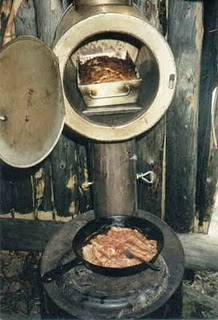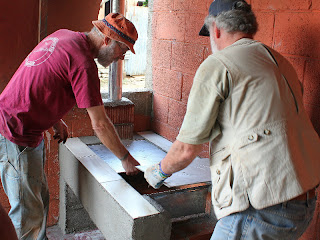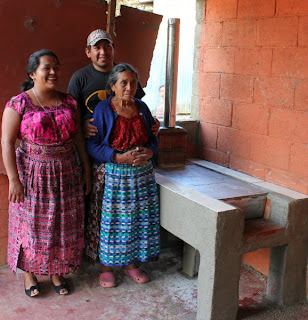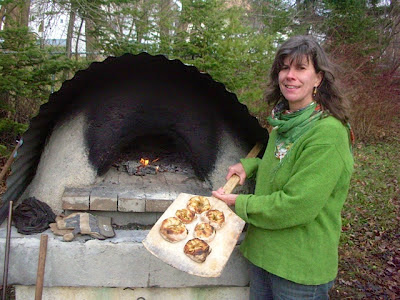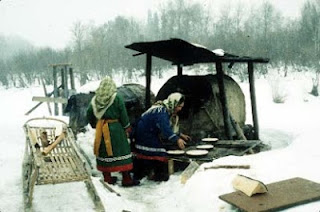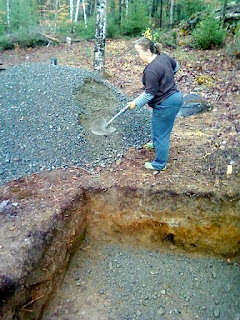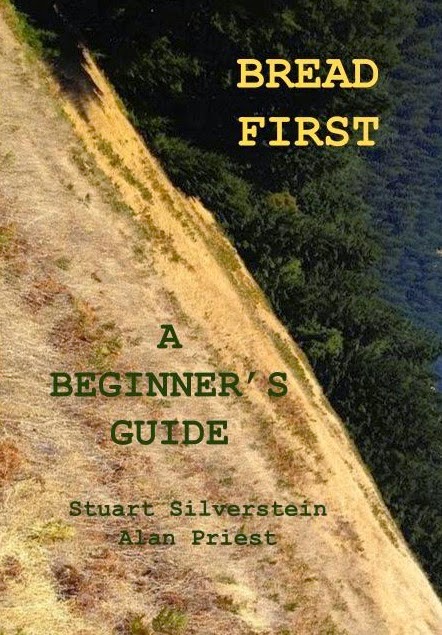WALTER LANE’S BISCUITS
Walter Lane was one of the subjects of a documentary film I made with Richard Searls, and this recipe is not unique, but Walter’s baking method was most unusual and resourceful.
Walter Lane was always baking biscuits in a stovepipe contraption that he constructed above the oven in his trapper's shack. The stovepipe compartment, where the biscuits were placed to bake, captured waste heat from his woodstove. There was no way he'd allow heat to escape up the chimney without putting it to good use first. Walter was the ultimate recycler.
The pipe oven shown is quite a pricey affair, but Walt was able to fabricate something similar for just a few dollars.
YIELD: 6-8 biscuits
INGREDIENTS:
2 teaspoons double-acting baking powder
2 cups all-purpose, unbleached white flour
1/2 teaspoon baking soda
1/2 teaspoon salt
1/2 cup cold butter (1stick)
1 cup (approx) buttermilk or regular milk
PROCEDURE:
Biscuits require a hot oven. Fire your oven well in advance; because once you blend your ingredients, you can bake immediately. There’s no waiting for anything to mature or rise.
In a medium-sized bowl, thoroughly blend the flour with the baking powder, baking soda and the salt. Now cut in the cold butter. This means placing small chunks of cold butter on the flour and working it into the flour with a pastry cutter, a fork, or your fingers. After the butter is carefully blended into the dry ingredients, stir in the milk. For biscuits, less stirring is better than more. The texture should be slightly gloppy. Add slightly more or less flour or milk to achieve the proper consistency.
Into a cast iron skillet, drop 1/4 cup scoops of your mixture. Slide the biscuits into the oven, keeping the fire to the back or sides. Move the skillet around to get the biscuits to bake evenly. Serve hot with butter and jam, and try not to think about your arteries. You can always leave the butter out of the ingredients, but they won’t be as good.
Still image from the movie Dead River Rough Cut A biscuit lured this gorby bird (Canada jay) to Walt's hand.
Richard and I have been selling DVD's of Dead River Rough Cut for a number of years, but recently we've also allowed instant viewing of the movie from our website. Yes, this is a commercial, but if you decide to watch the movie, I don't think you'll be disappointed.
To watch a preview and view the movie, go here: www.deadriverroughcut.com
